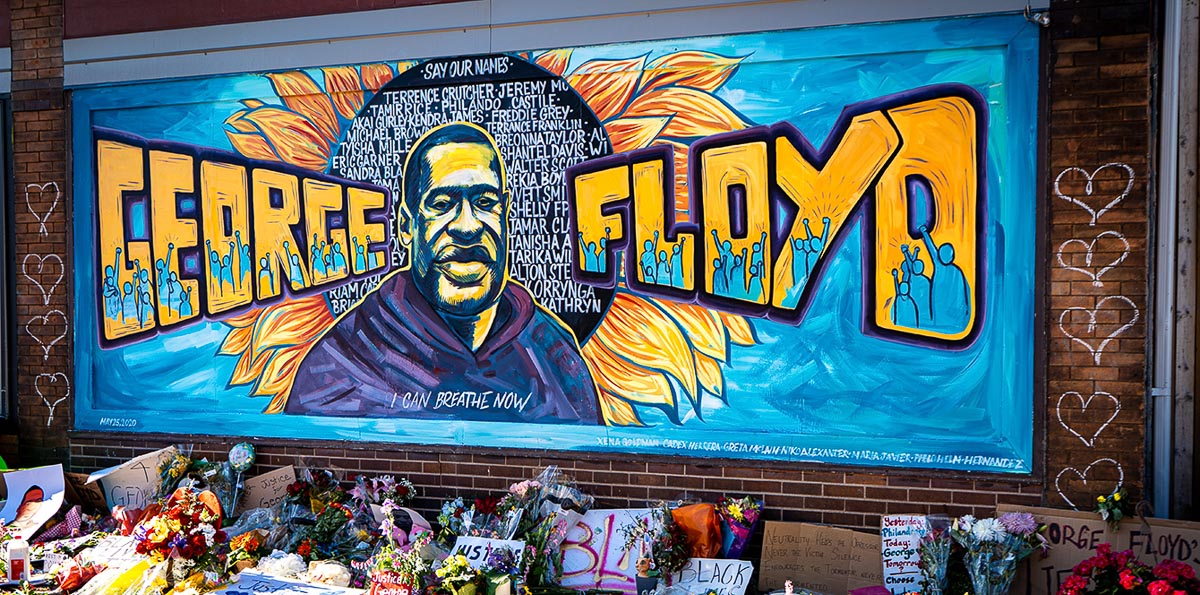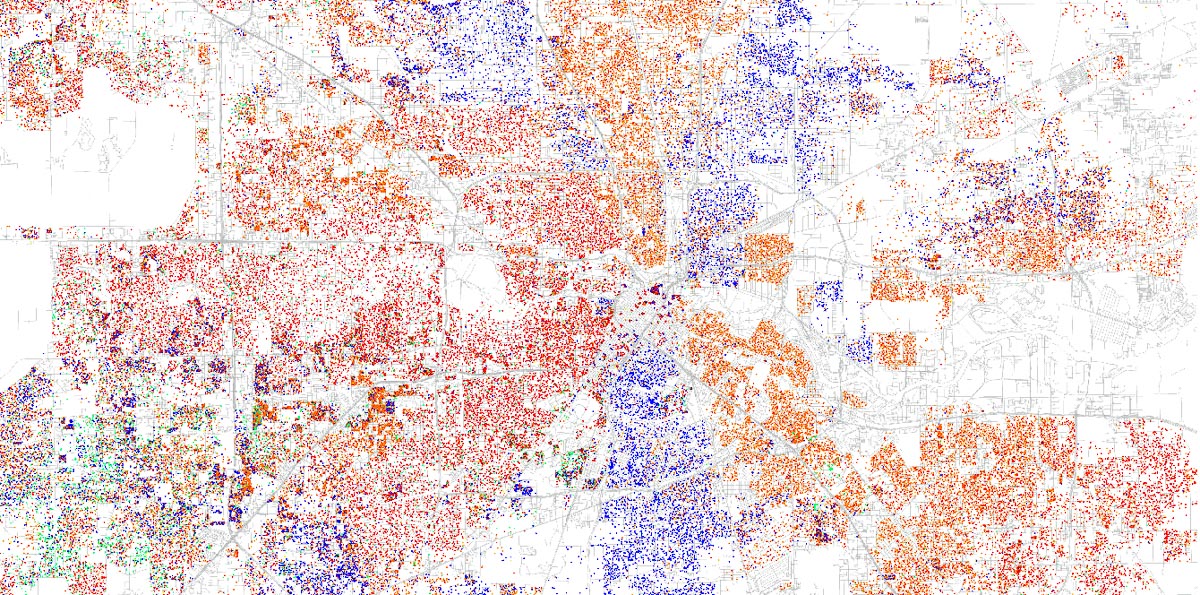In the summer of 1977, when the National Urban Policy Roundtable released its list of cities with the healthiest economies, Houston was No. 1. The per-barrel price of Texas crude increased by more than 800% in the ’70s and the energy capital of the world was adding new residents at a rate of 1,000 each week. Its economy was booming but the city had a big problem with police brutality. William Broyles wrote a tough-love warning to Houston in the Behind the Lines column of that September’s Texas Monthly.
“Almost alone among American cities, Houston — with its youth and prosperity — still has the opportunity to show that a city can work. But just providing a healthy economy won’t do it. A great city needs more. A great city needs decency and quality to its life. There is, of course, a great difference between the threat to the quality of life from pollution and the threat from a runaway police force. Pollution endangers everyone in the city, from the ghettos to the suburbs. An uncontrolled police force will probably endanger — directly — only Chicanos, blacks, or people the cops find strange. But the fabric of a free society is one garment; a rip anywhere weakens the whole.”
Behind the Lines was where Broyles, the magazine’s founding editor, penned his note to readers, telling the story behind the stories in each issue. Tom Curtis’ cover story that September — headlined “Support your local police (or else)” — was about the growing number of violent incidents involving Houston police officers, most notably the death of 23-year-old Joe Campos Torres in the East End on May 5, 1977.
Broyles, who grew up in Baytown and graduated from Rice University, ultimately placed the blame for the actions of Houston police officers on the city’s failing leadership at the time, from police chiefs and district attorneys to the mayor. “Leadership, of course, would make the difference in Houston not just by establishing firm civilian control over the police force, but by implementing a broad commitment to improving the quality of public life,” he wrote.
It should be noted that Broyles’ comparison of an uncontrolled police force and the “killer” air pollution of the late 1970s wasn’t completely accurate. While polluted air is unhealthy for everyone, the neighborhoods most adversely affected by pollution today are those surrounding the area’s refineries, chemical plants, metal recyclers and concrete batch plants — communities of color, for the most part.
‘What is happening in your life?’
Less than five years later, in 1982, Rice University’s Stephen Klineberg, completed the first Houston Area Survey, which was created to measure the social costs of the city’s unfettered growth. Two months later the long boom faltered and was replaced by a bust that stretched throughout the ’80s. More than 100,000 jobs were lost in the Houston area in the 18 months following the collapse, and by early 1987, one out of seven jobs had disappeared.
When Klineberg, the founding director of the Kinder Institute for Urban Research, began the survey, the Houston area’s population had been growing rapidly, adding 1 million people from 1970 to 1982. Most of those new residents were Anglos — of European descent.
Fast-forward to early 1997. Just a few months before the release of the 15th edition of the survey, Texas Monthly’s Gregory Curtis wrote a profile of Klineberg and his research. Noting the large, mostly white influx of people from around the country in the years leading up to the 1982 survey, Curtis wrote, “the attitudes of Houstonians weren’t just regional attitudes but a mixture of attitudes that made it as much a representative American city as there was.”
Just as the events of the early ‘80s spurred a move toward greater economic diversity in the area, the diversity of the population would change immensely in the years that followed. Houston would go from being a “representative American city” to becoming a “Prophetic City.”
“This is where you can see the American future taking place,” Klineberg said on Wednesday during the Kinder Institute’s Urban Reads event.
A man who revels in statistics
“Prophetic City: Houston on the Cusp of a Changing America” is the title of Klineberg’s newly published book. It builds on what became the annual Kinder Houston Area Survey and also expands on the research by connecting the quantitative and qualitative insights to present the big picture of where the changes happening in Houston are taking the city and where they’ll take the nation.
“If it’s happening in Houston, it’s something that you can begin to see happening across the country,” he said during the online discussion.
Klineberg, Curtis wrote in 1997, “is a man who revels in statistics, finding a pleasure in them so intense it borders on the sensual. … These (statistics) weren’t merely numbers on the page. Millions of lives and decisions lay behind them. They were stories. They were revelations! They were Houston!”
For “Prophetic City,” Klineberg interviewed 50 to 60 political and civic leaders who are working to address the issues that are confronting Houston and the entire nation today, as well as ordinary Houstonians who “exemplify the remarkable transformations that are occurring as they build their lives in the city.”
Over 39 years, more than 47,000 randomly selected survey participants have answered many of the same questions Klineberg started with in 1982, in addition to others that have been repeated in alternating years or every few years.
The result is a completely unique record of the changing attitudes and opinions of the Houston-area population, which Klineberg says, has shown a growing awareness of the critical importance of quality-of-life attributes in determining the fates of cities.

Outrage and calls for policing reforms
Kinder Survey questions also address specific, significant issues, such as the ongoing nationwide protests calling for broad reforms in policing and an end to systemic racism following the May 25 death of Third Ward native George Floyd in Minneapolis while in police custody. Floyd, who was handcuffed and face down in the street, died after a Minneapolis police officer knelt on his neck for nearly nine minutes.
In Houston, protests have been mostly peaceful compared to some other large U.S. cities. Klineberg was asked what he thought that said about the potential for Houston — the largest minority-majority city — and the nation as a whole.
It was a validation of the surveys and the growing sense of community solidarity he’s seen in recent years through the research, Klineberg said.
“This was not a black riot. This was Americans of all ethnicities and all stripes coming together to say, ‘No, this is intolerable for any of us. We need an America that treats all people and citizens equally.’ That love of this city, that belief in Houston and that embrace of that sense that we’re all one people now and we’re coming from all different places but coming into this one remarkable city.”
The growing class divide
The greatest challenge to Houston and the nation, according to Klineberg, is not so much an ethnic divide as it is a class divide. And that divide is predicated on access to quality education.
“Houston is one of the most segregated cities in America, not so much by ethnicity as by income,” he said.
The structural and institutional inequalities and barriers that exist, especially in terms of education, need to be addressed, Klineberg said. In Houston and the world today, the source of wealth is less and less about natural resources and more about human resources — knowledge-based industries and technical skills.
“We’ll never equalize those structures but we need to find a way to reduce the inequalities, (which) are greater today than they probably have ever been,” Klineberg said. “There’s more inequality in America than in any other industrial country on the planet, and it’s unsustainable.”
Rewind to 1977 and William Broyles’ plea to Houston, and it feels eerily relevant to Houston and every other American city in 2020:
“Justice, like clean air and water, good education, decent health care, and a host of other necessities of a free life, should not belong just to the well-to-do. Houston’s opportunity to become a truly great city will not last forever. The means exist today. With good leadership, and with a concerned citizenry, Houston could show us all the way to something better.”

